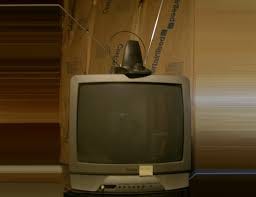Continuing our series on the Macrotrends of the present and future. See my previous posts for the Sea Changes and the previous Macrotrend.
When I was a kid, we got our information about anything going on, local to global, from a few, highly controlled, long-established sources.
The city daily newspaper, and the local weekly. The three or four nightly news programs (local followed by national). The occasional news magazine or Sunday morning pundit panel show.
And because the sources were few, and the people on them acted like experts, and they didn’t contradict each other, we trusted them. Sometimes we found out decades later that they were not telling us the whole truth, but by then it didn’t matter anymore.
Today I get my news from 30 or 40 independent outlets, and if I’m not careful I easily pick up a source that doesn’t have accurate information. When there’s an unfolding event,
I can follow the hashtag on TikTok and hear from real people in the place where something is happening in real time. But I can’t assume that they’re getting it completely right, either.
Less mediation means more signal and more noise. And more challenges sorting one from the other.
As a result, trust in a source of information isn’t given -- it’s earned. If I think I can trust your facts or perspective, I’m more likely to give you my attention. But my attention is always on the lookout for signs that my trust is misplaced, because I’ve misplaced it many times before.
And that goes for your local government, your business, and your esteemed local organization, as much as it does for Axios or the Wall Street Journal or @guyonthestreetintheplacewhereitsgoingdown.


